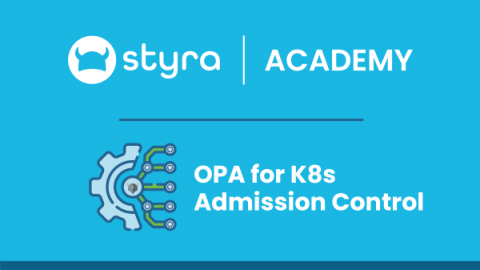OPA vs. Enterprise OPA: Why You Need Enterprise OPA
We recently released Enterprise OPA, the drop-in enterprise edition of Open Policy Agent (OPA). With Enterprise OPA, we aim to solve several challenges large organizations encounter when using OPA. These include performance and memory usage when using large datasets, keeping authorization data up to date and performing policy updates in a safe way.







